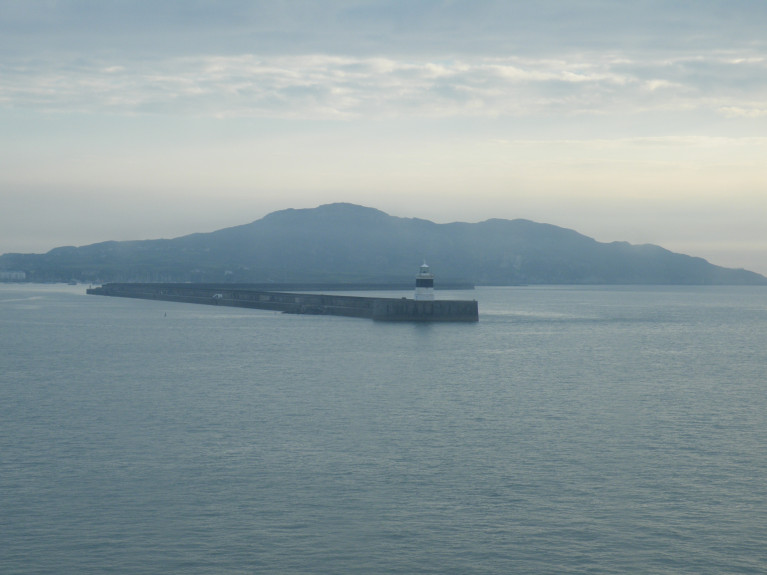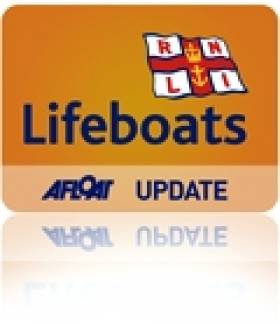Displaying items by tag: breakwater
Plans to refurbish the Port of Holyhead's Breakwater amid concerns it could fail within the next 15 years has led to a consultation launched.
Investigations of the structure have identified a need for a large scale refurbishment of the Breakwater to ensure that it can continue to receive about 70% of all ferry vehicle movement between Ireland and Wales and the North West.
Since its completion in 1873, the Breakwater has been subject to considerable wave action, which has led to the movement and erosion (as Afloat reported) of the rubble mound, that supports the structures wall.
Over the coming years it is anticipated that the level of the mound will become so low that the footing of the vertical walls will be at risk of being undermined.
"Investigations of the structure have predicted that the Breakwater could fail within the next 15 years meaning a permanent solution must be found," a Stena Line Ports spokesperson said.
More from North Wales Pioneer here.
Ticking Time Bomb That Could Spell End of the Port of Holyhead
The Port of Holyhead could become unusable if action is not taken to repair its breakwater.
The structure, reports NorthWalesLive, which is 1.7 mile long and took 28 years to build, is gradually eroding.
But if it is not repaired, the port could be be closed within the next 15 years.
Stena Ports has been carrying out day to day maintenance of the structure, but the costs of that are running at around £150,000 a year.
The mound of rubble is being worn away by waves, and experts believe it could be breached within 15 years.
Plans to repair the breakwater - the longest in Britain - are now being drawn up.
For more on the breakwater, click here.
#LIFEBOATS - The latest marine notice from the Department of Transport, Tourism and Sport (DTTAS) advises of construction work being carried out on Baltimore Lifeboat Station from today 5 March.
As previously reported on Afloat.ie, the works are part of a €2.6 million State-funded project to conduct essential remedial works at harbours across West Cork this year.
The works - which will be ongoing till mid-October pending weather conditions - will involve piling immediately adjacent to the foreshore on the north-east side of the building, and the deposition of rock to form an armoured breakwater jutting some 80m into Church Strand Bay.
No forseeable impact to mariners in the area is expected, but vessels are in any case requested to proceed slowly and with caution in the approach channel to Church Strand Bay and to give the works a wide berth to avoid wave-wash.
Further details for mariners are included in Marine Notice No 9 of 2012, a PDF of which is available to read and download HERE.






























































